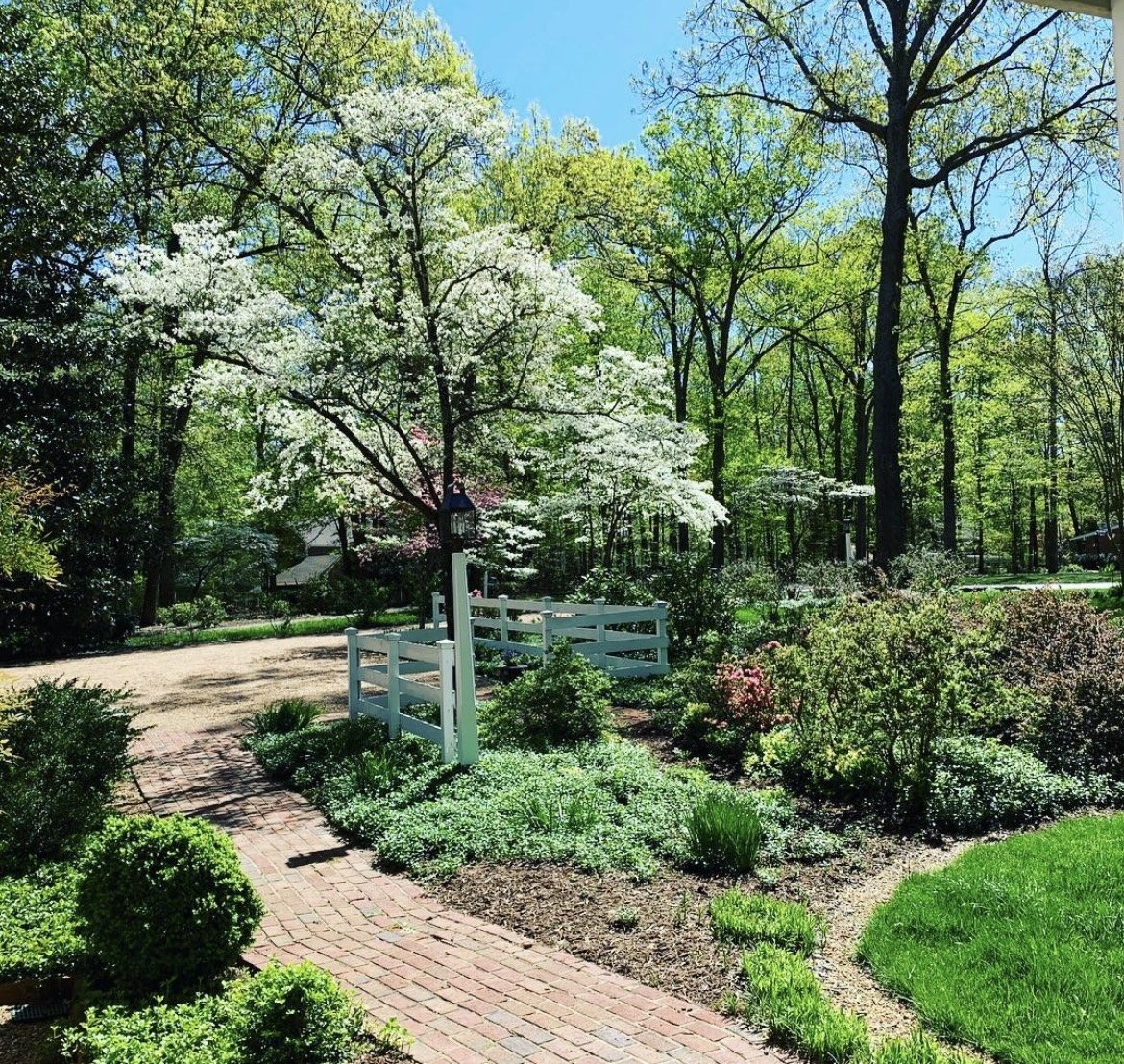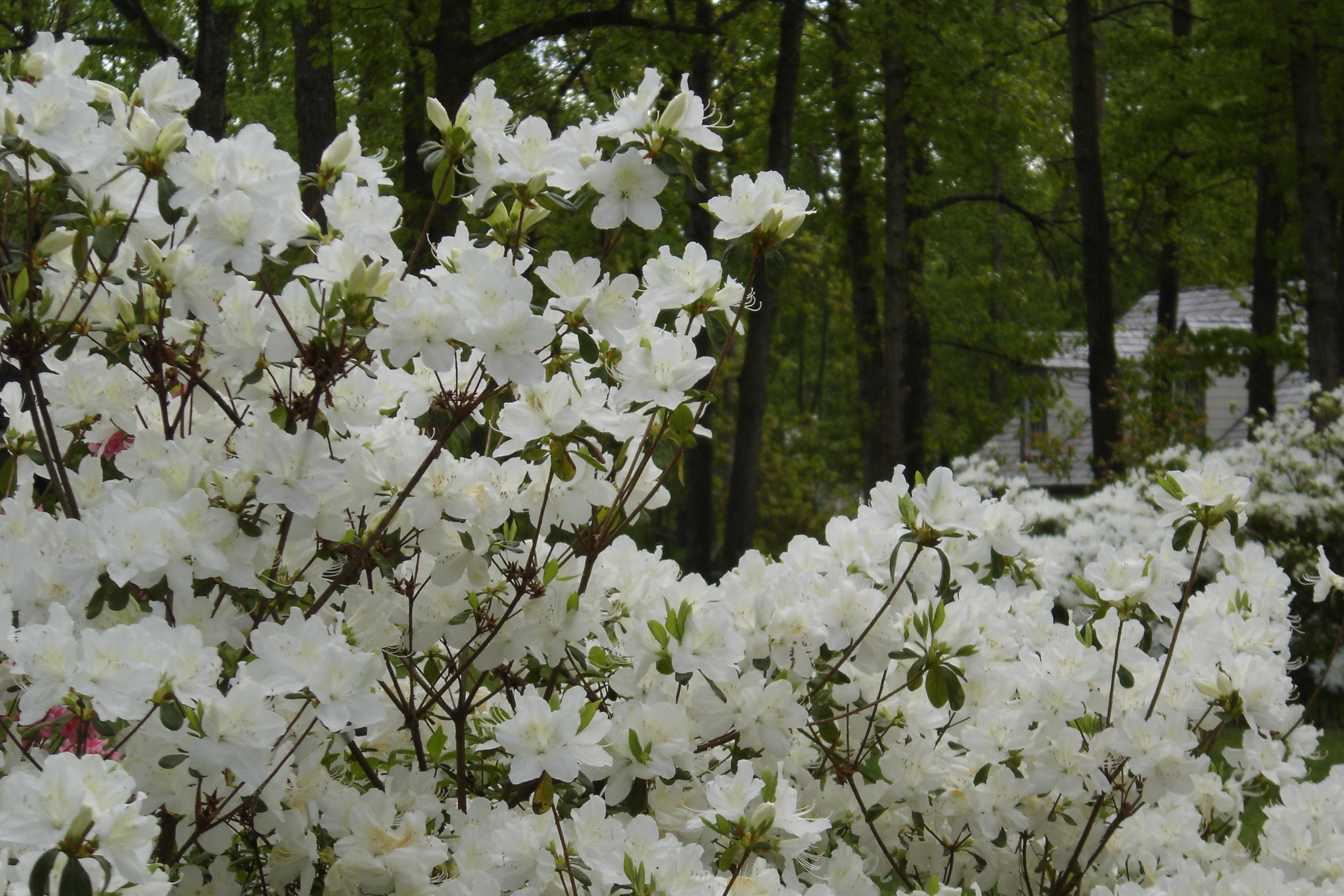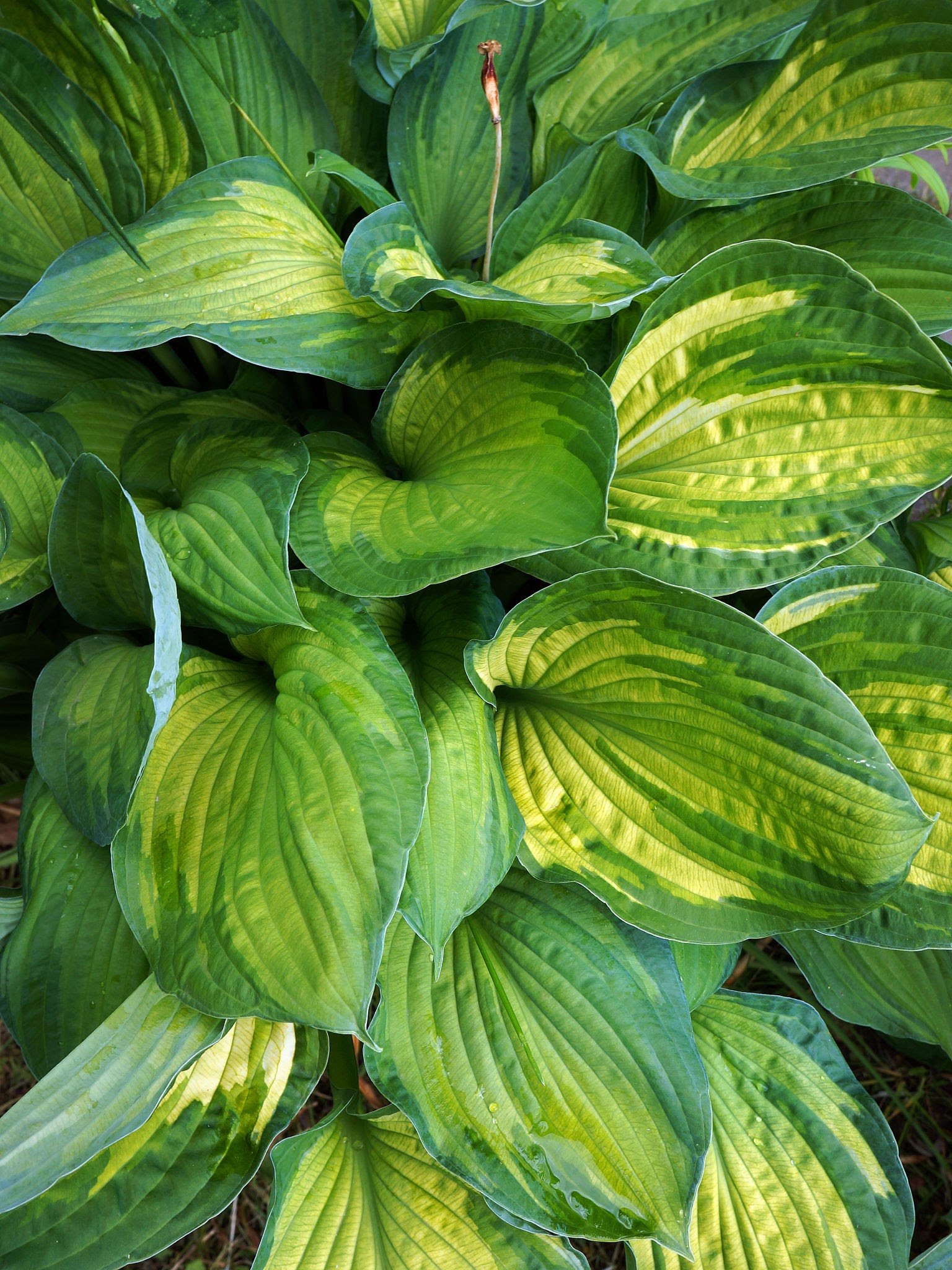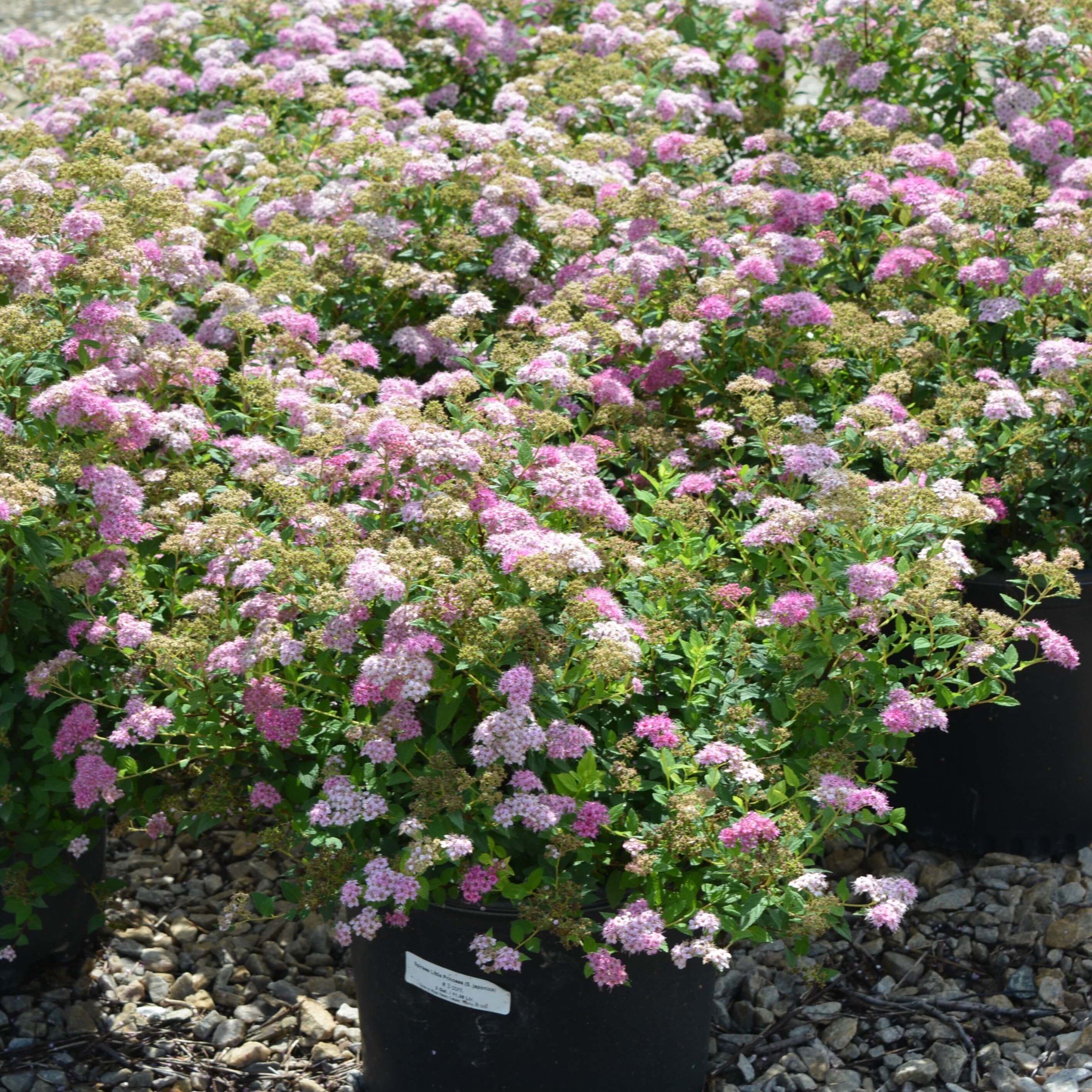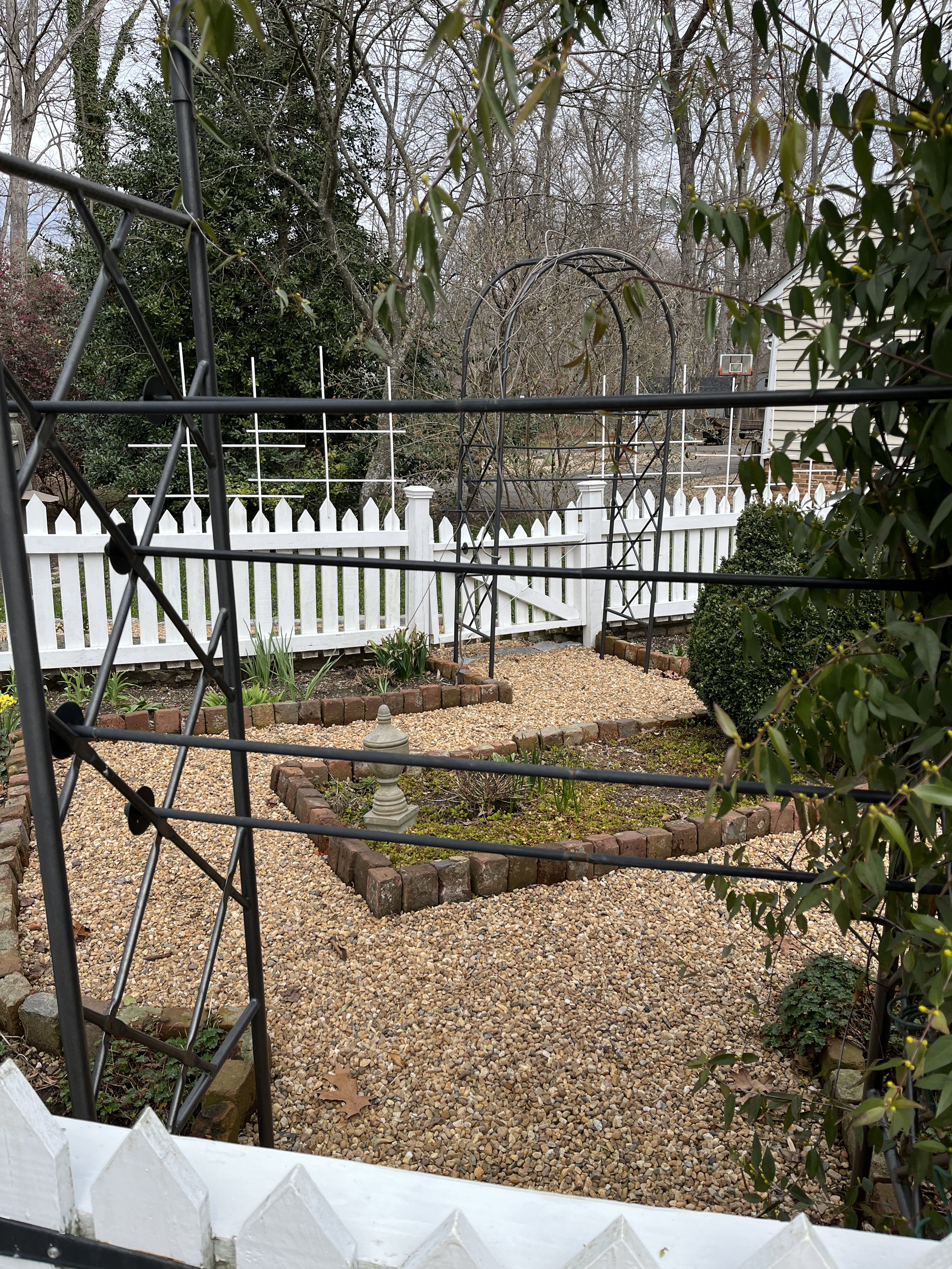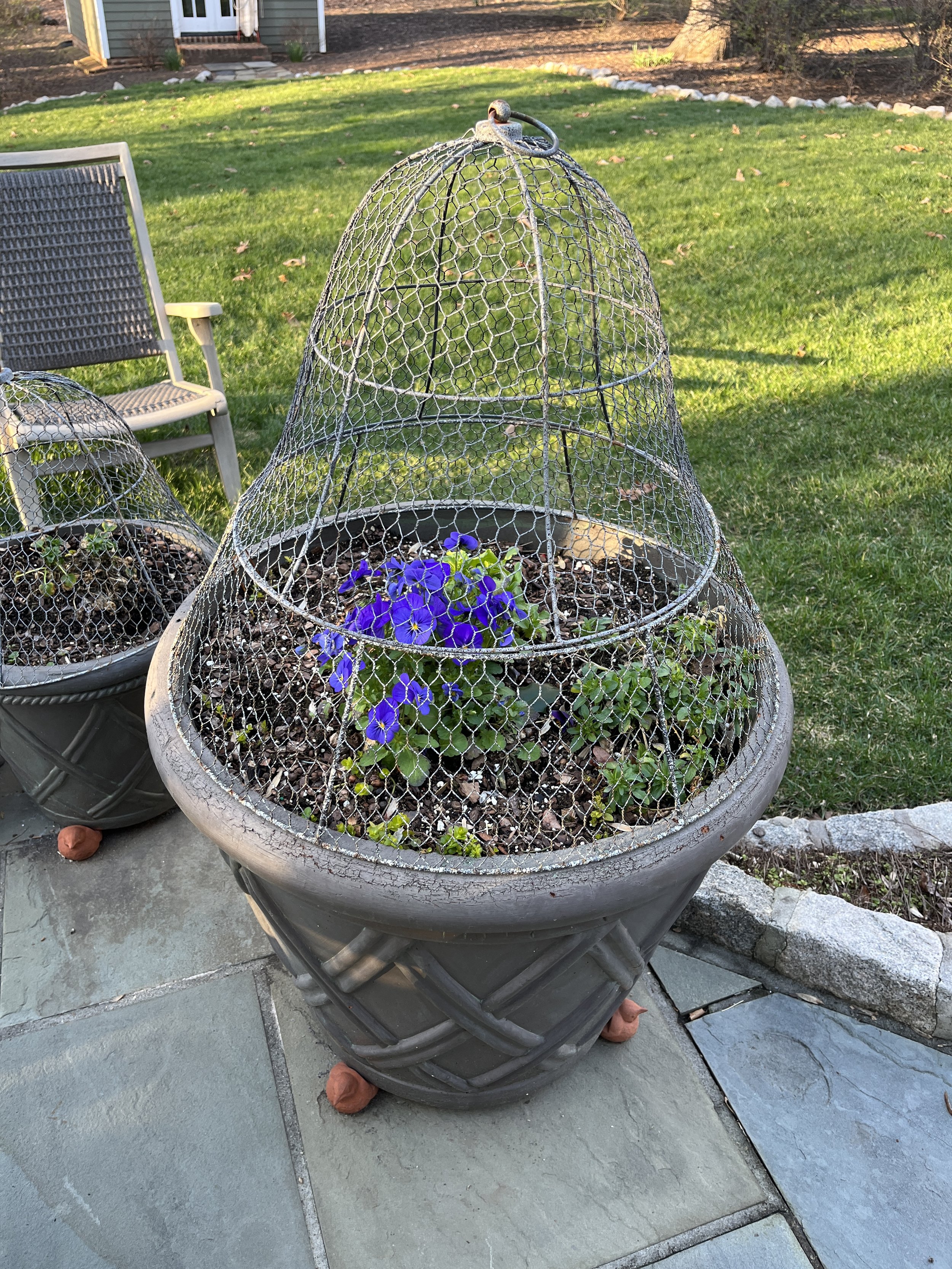Refreshing A 25 Year Old Landscape
My front yard - in 2018. I lost the dogwood last year.
We’ve been in our home for 30 years this fall. When we moved in, it was heavily wooded with not much lawn, mostly pine tags and dirt, acorns and leaves. The interior was very dark due to all the shade. There were huge oaks planted within three feet of the back of the house. There was a huge magnolia plopped down right in front of the house, about 15 feet away.
We have taken down probably 25 large trees over the years. And Hurricane Isabel took down a few too. When we first moved in, I had a landscaper draw up a plan and I began to follow it, a section at a time. It took me several years, but I did it all by myself with some help from Chip and a mason, who did some cobblestone edging for me.
We planted over 50 azaleas, 21 English Boxwood originally from my grandfather, hundreds of liriope plants on the edge of the borders, spirea, abelia, fragrant viburnum, forsythia, hydrangea, dogwoods, hollies, rhododendron and more.
And these are just landscape borders and understory shrubs - this doesn’t count my garden beds. Here’s a picture of my front yard in its’ heyday. It’s still not bad, but at one time it was gorgeous.
My front yard - 2010
Enter the deer. Herds of them.
“The Nursery”
I have seen as many as 16 in the front yard at a time. The average is 9 or so. We live on the edge of a wooded ravine (above) and they live back there, and have babies there - there are 3 or 4 new little ones every spring. They walk down the street - roving herds of deer.
In the last five to seven years or so, they have decimated my landscaping. They have had some help with boxwood blight, root rot caused by torrential rains, and with shrubs and plants that have just come to the end of their life span.
My neighbor’s front yard one afternoon.
They ate my forsythia, so we cut it down. They demolished the hundreds of liriope - once such a pretty purple edging with little berries in the fall. I dug it up. They eat almost everything - even poisonous plants like lily of the valley and monkshood and primrose. They eat the holly and the rhododendron. The only way I can have hydrangea is in cages.
This little bed used to be gorgeous Stella d’Oro daylillies. We dug them up last year and I started planting narcissus. These are Tete a Tete’s.
This is the side of the driveway where I had four huge gorgeous forsythias. This will be Phase Three. (explained below)
I planted this dystillium “Vintage Jade” by the drive last fall to see if they would eat it. They’re not supposed to like it.
The same bush today.
Some of the azaleas - “Delaware Valley” - 20 years ago
About five years ago, the azaleas were getting ten and twelve feet tall and were looking scraggly and not blooming. The bottom 3-4 feet had no growth at all - it got no sun. I pruned them all to 3-4 feet.
They never came back.
The deer won’t let them - nibbling on the new growth as soon as it comes out - the azaleas are like spindly stalks. I sprayed them with deer spray, I hung soap out there, I put hair out there, I put garlic pods out there. I put wireless deer stakes with batteries, that shock them. I rolled the bushes in yards and yards of that nasty plastic deer fencing, which I hate because wildlife can get stuck in it. The only thing it deters is me. Nothing has worked.
This bed is the one that you see above with all the white and pink azaleas. I gave them two years to put out some growth, after pruning them and when they didn’t come back, we cut them down and had the stumps ground. These are Crimson Pygmy Barberry - one of the few things the deer won’t eat. They will look nice when they mature. And I planted a ton of bulbs. This bed was redone last year. I might add some spirea in between, depending on how they do in other areas.
This is one of two sections that are covered in netting. My last ditch effort to save these last two sections, was to have a local tree and shrub company, spray them for deer. It seems to be helping with other shrubs, but the jury’s still out. We haven’t seen them in the yard since, but that doesn’t mean they’re not here at night. I’m going to take the netting off and see what happens. It couldn’t look worse than it does now!
I have several sections of the yard that are getting makeovers, out of necessity, not because I didn’t like my original plan. I had Kathy Brooks Landscape come out and do a walk through with me and talk it out. Sometimes you just don’t see the possibilities when you’ve been staring at it for months. Kathy was very helpful! Here’s my new plan…
The Plan…
this is boxwood blight
Along with Phase One, the tree experts are spraying all my boxwood for boxwood blight. I have 14 English ones left and 6 of them have blight. This one is the worst and will probably not make it. Fingers crossed that it works for the rest of them.
Phase One - This small section of fence is coming out - it’s rotting. Also, taking this section of fence down, will make way for a new larger walkway. Behind it, I will plant a new white dogwood where the arrow is pointing. (That bush is coming out - it doesn’t bloom any more.) There was one on the left (the stump is circled) but it died last year. It was probably 50-60 years old. It is shown in the first picture.
White Dogwood - will be limbed up over walk
Also Phase One - All five of these shrubs are coming out. This area is very wet and nothing has ever grown there well. What you see was my fourth planting attempt. We have had extensive drainage put in, but to no avail.
The one on the left that is circled, is a Nandina, that I planted for the berries. It never looked good there - it’s getting moved. The other four are Compacta Hollies. They were all planted at the same time. The two on the left have never grown and are stunted. The two on the right, took off and looked wonderful for a few years and now they are dying. You can see I just cut half out of the one on the right. It was all dead growth.
The plan is to pull out all the groundcover after the bushes are gone - it is pachysandra and can carry the fungus that causes boxwood blight. I will amend the soil somewhat and plant periwinkle and whatever bulbs I can get to grow.
Periwinkle ground cover
Phase Two - This was a shrub border with beautiful English boxwood from my grandfather. (See image below) They have developed root rot after years of downpours soaking that bed and there are not enough weepholes for drainage. I will leave the one in the middle - he’s happy. But the other two will come out. Hellebores and Hosta do well there. Nothing will eat the hellebores, but every critter loves hosta. So if I plant them behind the hellebores and cover them with cloches, I can have them.
Hellebores
They come in all colors
Hosta
Also come in lots of green combinations
This is what those boxwood looked like in 2011.
Phase Three will be to plant something along the driveway, where the forsythia was and the sad little caged shrub is now. I am thinking about some of the following for this area…
Dwarf Lorapetalum
The deer are leaving this alone in the backyard.
Little Princess Spirea
This is typically deer resistant. It might work.
Autumn brilliance Fern
The deer will not eat these.
Cheerfulness Narcissus
They smell divine and I have some nearby.
Phase Four - If the spraying doesn’t work and these have to be removed, I may replace them with some of the ideas shown above.
Here’s the situation at my cutting garden. If you follow me on Instagram, you’ve heard my tale of woe. This crazy trellis idea is working - it’s keeping them out.
I also have to block the arbors - the bunnies can still get in, but the deer can no longer jump the gate through the arbors. I can hardly get in there either, but it is what it is.
The only way I can have certain plants like what’s left of these pansies.
Wish me luck on phase one.
Have you had to redo areas that failed, after years of looking great?
Up next, some green favorites you won’t want to miss. I’m in my green period and it’s almost St. Patty’s day…

